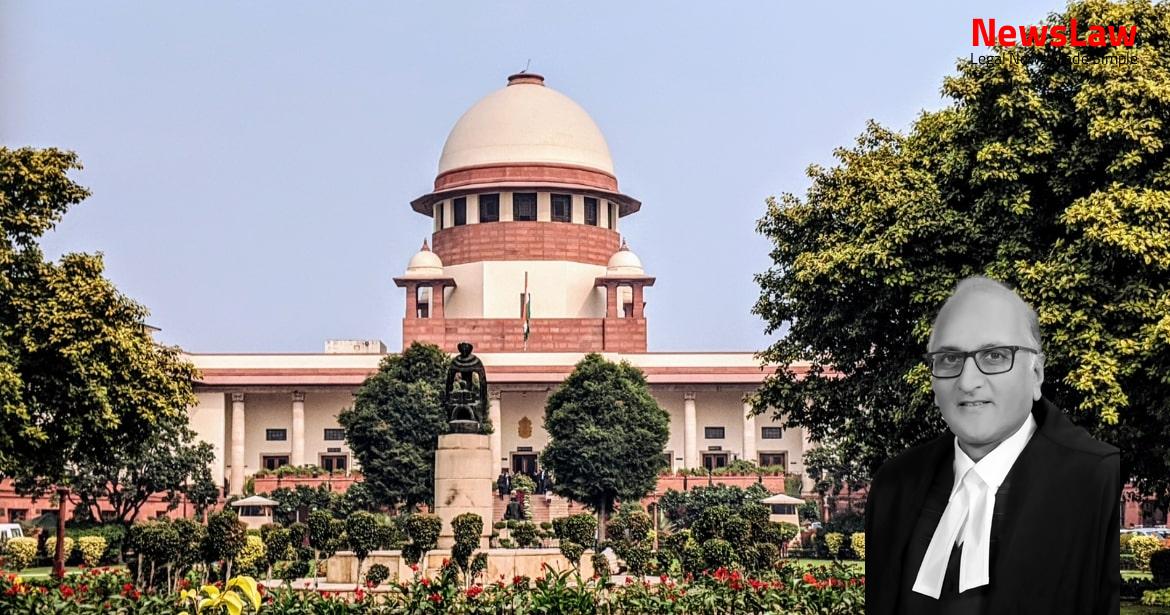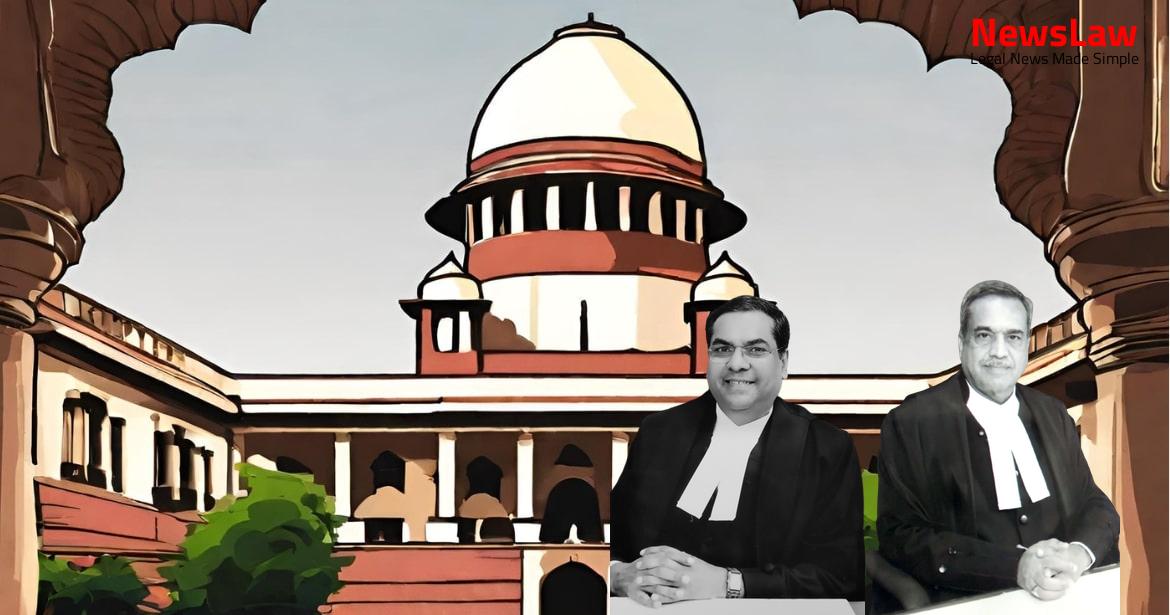In a significant legal case, the Supreme Court of India has addressed the issue of price fixation norms for sustained release technology in pharmaceutical formulations. The case involved a challenge to notifications imposing ceiling prices on certain drug formulations, with TCH and Modi as the key players. Let’s delve into the details of the Supreme Court verdict and its implications for the pharmaceutical industry.
Facts
- Appellants TCH and Modi filed a writ petition challenging notifications dated 11 July, 2006 and 30 April, 2009 imposing ceiling prices on drug formulations.
- TCH manufactured Diucontin K from Frusemide while Modi manufactured Unicontin from Theophylline.
- Ceiling prices for Modi’s formulation were fixed by the 11 July, 2006 notification.
- Para 8 of DPCO required manufacturers to apply for price revision if the bulk drug price was fixed by the government.
- Both TCH and Modi were exempt from the drug price control regime as small-scale units.
- Central Government sought data and information from manufacturers for price revision norms, which were notified on 13 August, 2008.
- TCH’s writ petition also challenged the notification of 30 April, 2009 fixing ceiling prices for formulations containing Frusemide and Potassium.
- The High Court rejected the appellants’ claim that the absence of notice regarding their participation in the drug price fixation process invalidated it.
- The court refuted the charge that lack of permission for the appellants to participate in the process was a flaw.
- It upheld the validity of the drug price fixation process despite the appellants’ objections.
Also Read: Legal Analysis of Claim for Loss of Profit in Delayed Contract
Arguments
- Appellants argue that High Court erred in overlooking the absence of price fixation norm for ‘sustained release’ and ‘continuous release’ technologies in their products.
- The learned senior counsel representing the Respondent argued that the High Court made an error in considering the fixed conversion costs for various types of tablets and capsules as per the notification dated 13 August, 2008.
- The counsel contended that this error warrants the setting aside of the High Court’s decision.
- The High Court, in its judgment, had specifically mentioned the conversion costs for different forms of medicines including plain tablets, coated tablets, dispersible tablets, and various others.
- The assertion was made that the High Court’s reliance on this notification was misplaced, leading to an incorrect decision.
Also Read: Public Declaration Requirement in Marriage under Hindu Marriage Act
Analysis
- The High Court upheld the notifications as not being ultra vires Para 7 of the DPCO.
- Central Government and other respondents gathered information through questionnaires from 470 pharmaceutical producers.
- Cost Audit Branch of the Ministry of Finance designed questionnaires to elicit information on various costs for CC, PC, and PL norms.
- Information was collected from a diverse range of products to understand pricing norms.
- Appellants contended that price fixation was arbitrary and lacked application of mind.
- There were no specific price norms for formulations using sustained release technology or continuous release technology for effective dose delivery.
- Appellants argued that figures or details on cost and efficiency of major manufacturers were not provided by the respondents.
- The challenge to the notifications was dismissed by the High Court based on the materials and questionnaires collected for cost audit purposes.
- The court relied on the judgment of this court in Union of India v. Cynamide India Ltd. (1987) 2 SCC 720 to establish that price fixation is a legislative exercise.
- The High Court dismissed the argument that the technology used by TCH and Modi, being sustained release (SR) and continuous release of dosage, could not be subjected to price fixation as it was not covered by the DPCO, 1995.
- The retail price of a formulation is calculated by the Government using a specific formula.
- The formula includes various components such as Manufacturing Cost, Conversion Cost, Packing Material Cost, and Packing Charges.
- The final retail price is determined by adding all these costs and applying a margin of MAPE percentage.
- Additionally, Excise Duty is included in the calculation of the retail price.
- The formula is expressed as R.P. = (M.C. + C.C. + P.M. + P.C.) x (1 + MAPE/100) + E.D.
- The omission of the appellants to demonstrate the uniqueness or difference in their systems did not affect their obligation to adhere to pricing norms and ceiling prices.
- The High Court’s conclusions and findings were deemed valid and upheld by this court.
- The appeals were considered to fail due to the lack of demonstration of the uniqueness or difference in the systems used by the appellants.
Also Read: OCI Cardholders’ Rights and Retroactive Notifications
Decision
- The parties are dismissed
- No order on costs is given
Case Title: M/S T.C.HEALTHCARE P. LTD. Vs. UNION OF INDIA
Case Number: C.A. No.-004687-004687 / 2010



